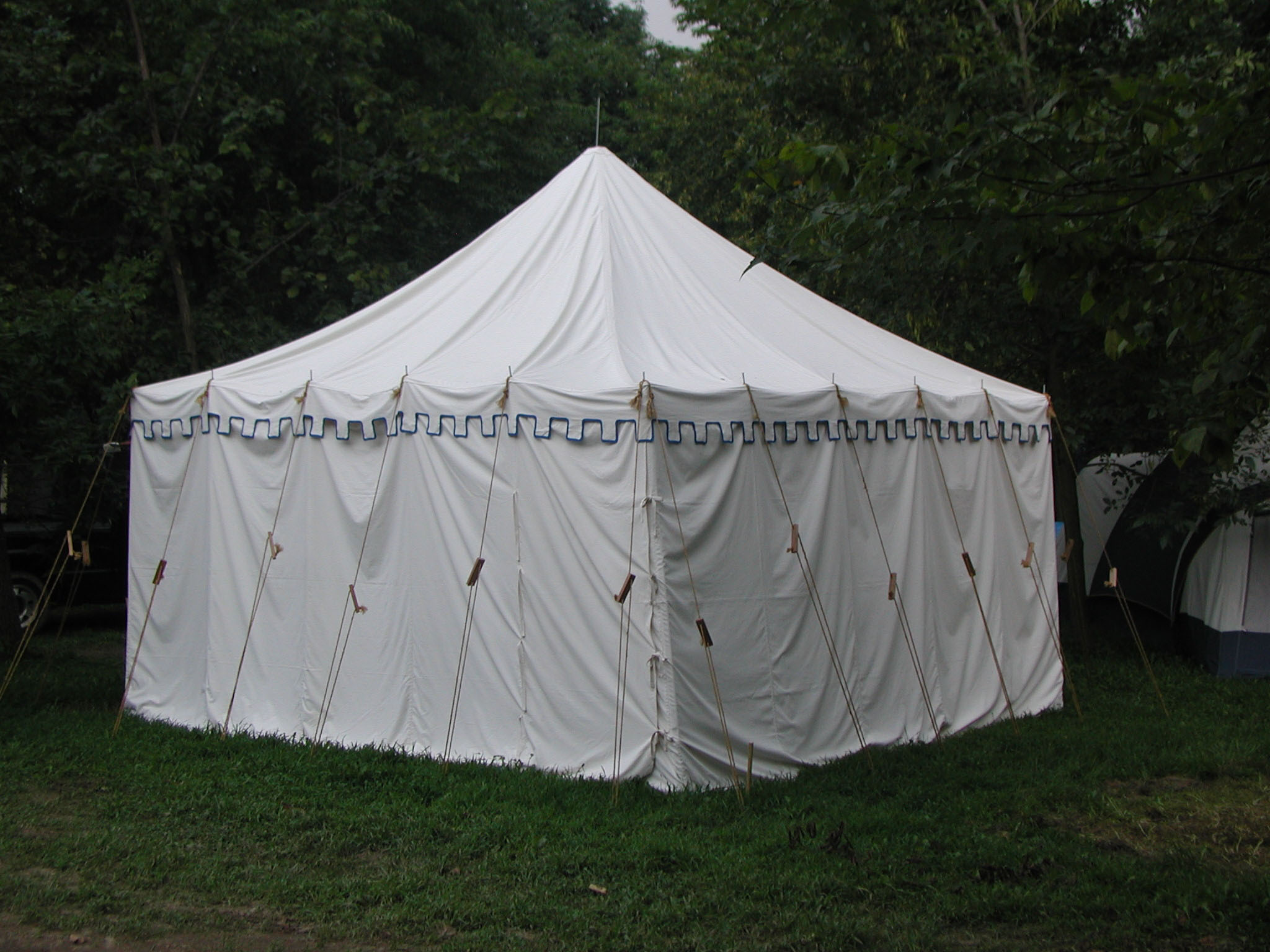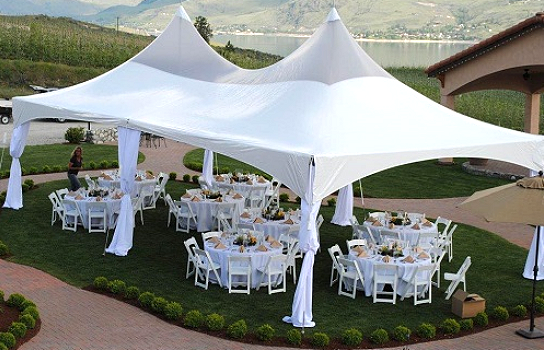Vital Tips for Setting Up and Keeping Outdoor Camping Outdoors Tents
Setting up and maintaining an outdoor camping outdoor tents calls for more than just a fundamental understanding of outside equipment; it demands focus to detail and insight. From picking the ideal campsite to understanding the details of outdoor tents throwing, each step is vital to ensure a comfortable and risk-free outdoor experience.
Choosing the Right Campsite
Selecting an ideal campsite is vital for guaranteeing a pleasurable and risk-free outdoor camping experience. Begin by looking for level ground, which offers a steady and comfy sleeping location.

Stick to Leave No Trace principles by utilizing assigned camping sites whenever feasible, appreciating the all-natural atmosphere, and guaranteeing your camping area option has marginal ecological influence. By carefully reviewing these aspects, you can enhance both the safety and satisfaction of your camping journey.
Vital Outdoor Tents Configuration Devices

First and leading, a dependable tent mallet or hammer is essential for driving stakes right into different ground types. Select a lightweight, durable mallet to reduce the initiative required for securing your tent. Outdoor tents risks are one more important element; bring extra stakes beyond what features your outdoor tents to represent varied dirt conditions and unforeseen needs.
A ground tarpaulin or impact is vital for safeguarding the tent floor from abrasions and moisture, expanding the life of your camping tent. Furthermore, carrying a collection of spare guylines and tensioners ensures you can sufficiently secure your outdoor tents, especially in windy problems.
Finally, a multi-tool or a set of basic devices including pliers, scissors, and a blade can be indispensable for handling unpredicted changes or repairs. Guaranteeing you have these important outdoor tents configuration devices will lead the way for a hassle-free and enjoyable camping experience.
Understanding Tent Throwing
Mastering the art of camping tent throwing is a fundamental ability that can significantly enhance your outdoor camping experience. A well-pitched outdoor tents provides not just convenience yet additionally safety and security, making sure that you are well-protected from the aspects and any type of unexpected disturbances.
Begin by picking an ideal site: flat terrain devoid of rocks, roots, and various other blockages. Clear the ground of debris to create a smooth surface for your tent. Outline your tent footprint or tarp to supply an added layer of protection versus moisture and abrasions.
Set up the outdoor tents posts according to the manufacturer's directions, making sure that each post is fully extended and firmly linked - stretch tent hire. Affix the posts to the camping tent body, either by putting them into sleeves or clipping them onto hooks, depending on your tent's style. Very carefully increase the camping tent, making certain that it stands equally well balanced and tight
Lay down the edges of the camping tent, drawing each corner tight to get rid of slack. Drive the stakes right into the ground at a 45-degree angle for maximum hold. Finally, attach and stress the individual lines, which will certainly include security and assistance to your framework. By adhering to these actions diligently, you can attain a safe and secure and comfortable arrangement for your outdoor camping experience.
Weatherproofing Your Tent
When faced with unforeseeable weather problems, how can you guarantee your tent stays a reputable sanctuary? Begin by choosing an outdoor tents with a robust rainfly that extends well over the sides and reaches close to the ground.
Following, think about the outdoor tents's material. Fabrics like polyester official website and nylon are liked for their waterproof homes, yet they ought to be treated with a sturdy water repellent (DWR) covering. Regularly reapply the DWR to preserve its performance. Additionally, a ground tarpaulin or footprint below your outdoor tents is important. It supplies an added layer of protection versus dampness permeating up from the ground.
Ensure your tent has adequate vents and keep them open whenever possible, even during rainfall. Constantly pitch your outdoor tents on higher ground, preventing anxieties where water can pool.
Long-Term Tent Maintenance
Guaranteeing the longevity of your tent requires consistent and meticulous upkeep. Begin next page by completely cleaning your tent after each usage. Clean debris, and make use of a soft brush to eliminate dust from the textile. Spot-clean any type of stubborn stains with a light soap option and lukewarm water, taking care to stay clear of rough cleaning agents that can damage the product.
Dry your tent totally prior to storage space to prevent mold and mildew and mold. Store your outdoor tents loosely in a great, dry area away from direct sunlight.

Verdict
Choosing a proper camping area, making use of important configuration tools, and grasping the pitching procedure are important for an effective camping experience. Additionally, weatherproofing the camping tent and adhering to long-lasting maintenance practices, such as cleansing, drying, and examining for damages, make sure durability and functionality. Taking on these techniques not only boosts comfort and safety and security during you could try these out camping however likewise adds to the conservation of the camping tent, enabling proceeded satisfaction of exterior journeys.
From picking the proper camping area to mastering the intricacies of tent pitching, each action is vital to guarantee a safe and comfy outdoor experience. While being close to a stream or lake is hassle-free, guarantee you pitch your tent at least 200 feet away to reduce the threat of flooding and contamination. Tent risks are one more critical part; bring additional stakes beyond what comes with your camping tent to account for diverse soil conditions and unforeseen demands.
Affix the poles to the tent body, either by placing them right into sleeves or clipping them onto hooks, depending on your outdoor tents's layout. Additionally, weatherproofing the tent and adhering to long-lasting upkeep techniques, such as cleansing, drying out, and inspecting for damage, ensure longevity and performance.